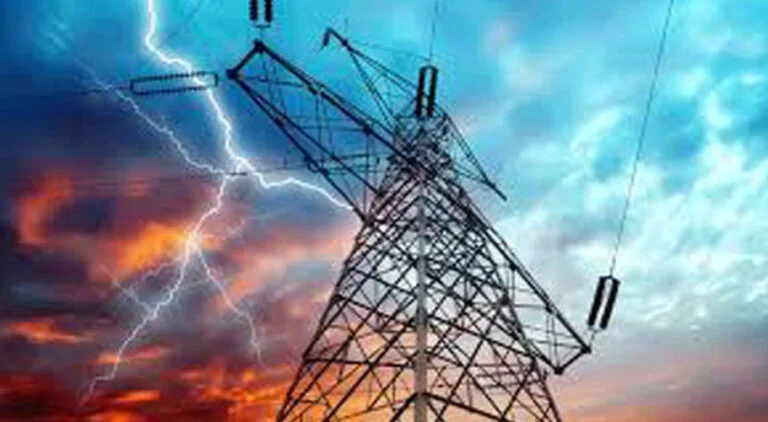Pakistan is currently grappling with a substantial electricity deficit of 5,900 megawatts, exacerbated by the escalating heat of the summer months.
This was reported by English news website ProPakistani. As of now, the country’s power generation capacity stands at 18,655 MW, while the demand has surged to 24,555 MW.
Here’s a breakdown of power generation by category:
- Hydropower Plants: 5,000 MW
- Thermal Power Plants: 975 MW
- Private Power Plants: 8,350 MW
- Wind Power Plants: 790 MW
- Solar Power Plants: 200 MW
- Bagasse: 140 MW
- Nuclear: 3,200 MW
With this significant shortfall, load shedding has become increasingly common nationwide. Rural areas are facing 8 to 10 hours of load shedding, urban areas 4 to 6 hours, and high-line loss areas a staggering 12 to 14 hours.
This prolonged load shedding is causing substantial disruptions, particularly in rural and high-loss areas, as the power sector struggles to cope with the surging demand for electricity.
Meanwhile, there’s been a noteworthy decrease in the cost of fuel for power generation, dropping by 10.1 percent year-on-year to an average of Rs. 9.21 per unit in April 2024. However, despite this, the actual power generation during April 2024 was 20.4 percent lower than the reference generation. This decline in generation is anticipated to lead to higher capacity charges for the 4th quarter of the fiscal year 2024, according to insights from Arif Habib Limited.
Source: ProPakistani






























